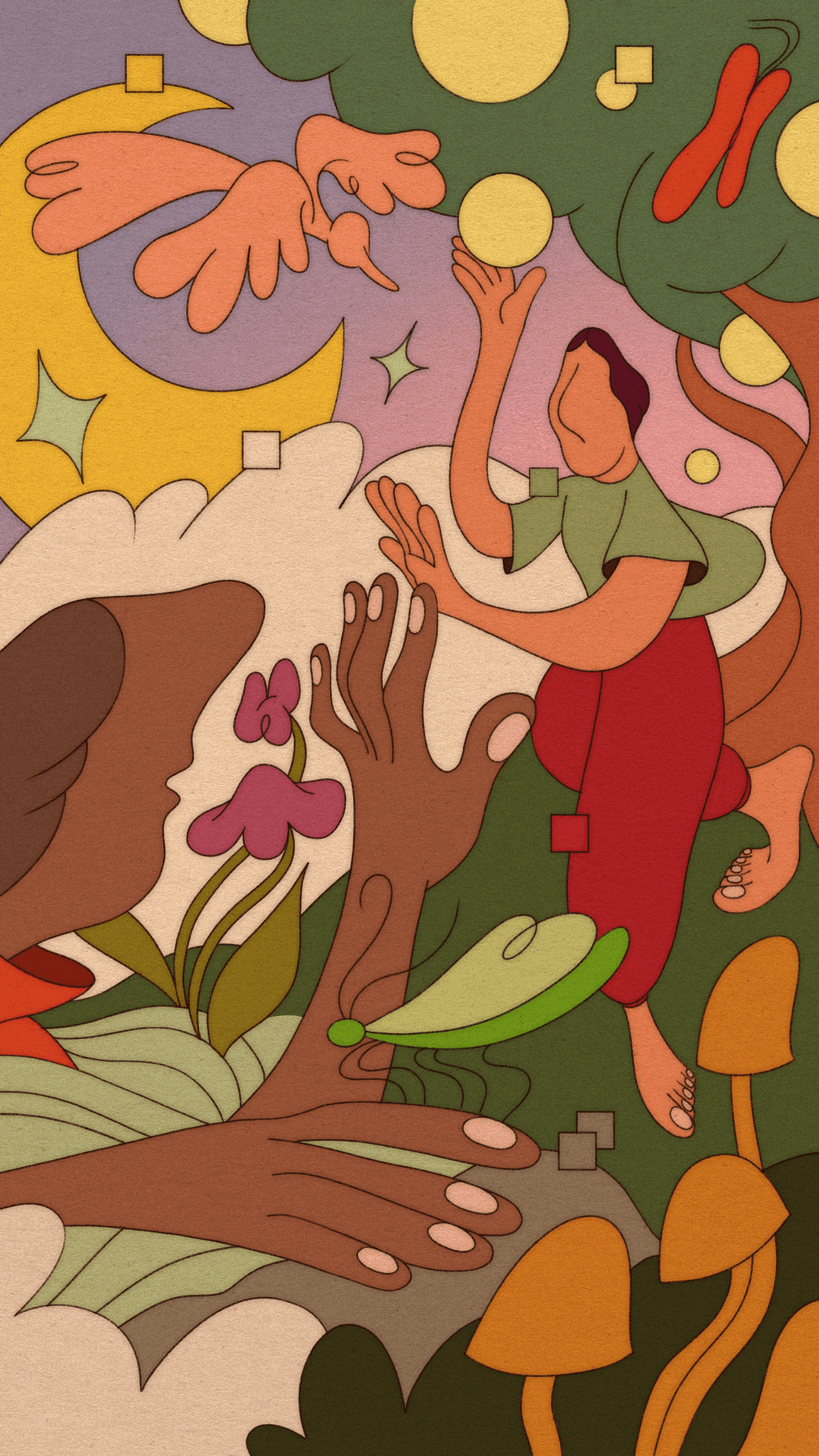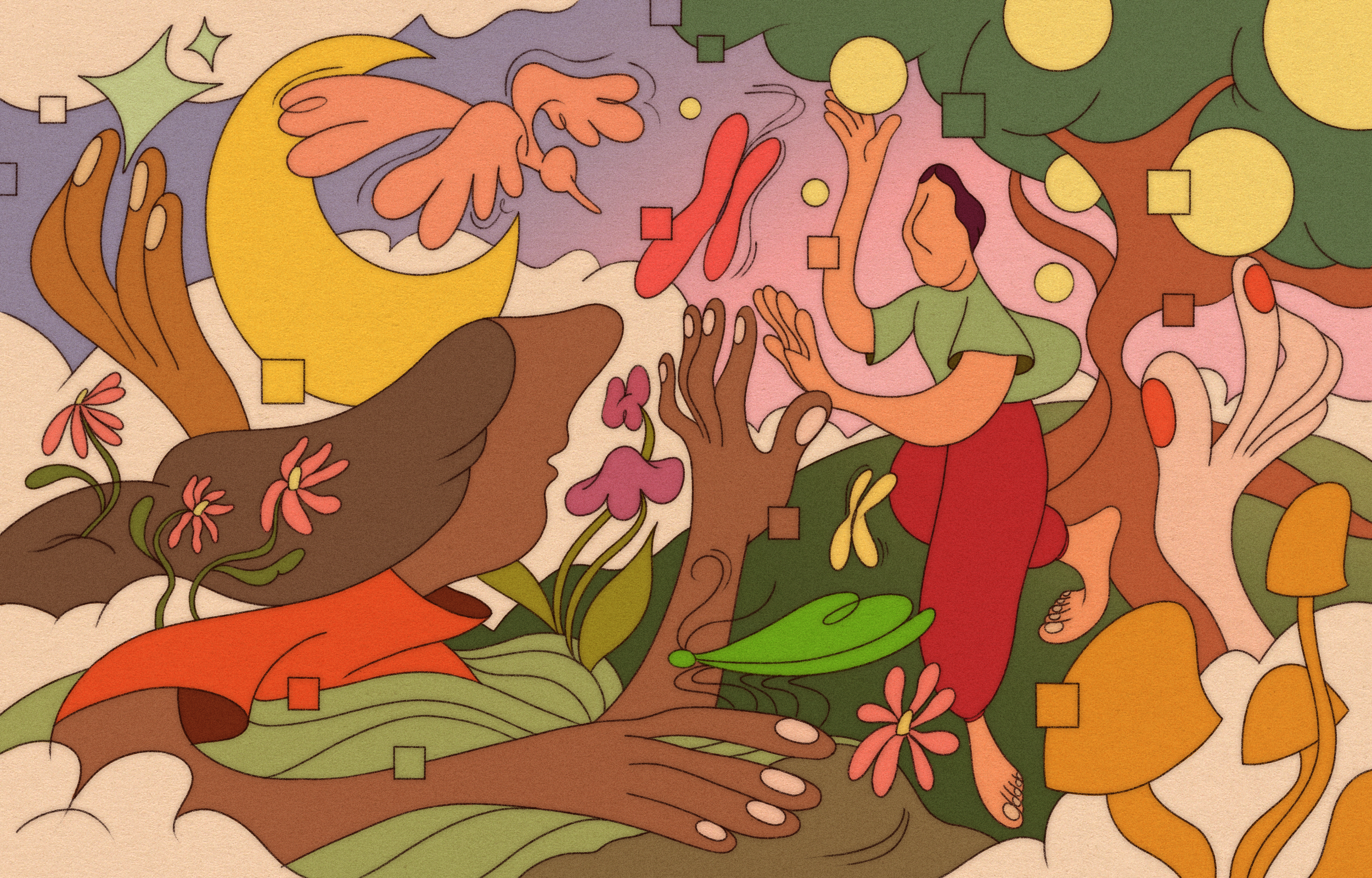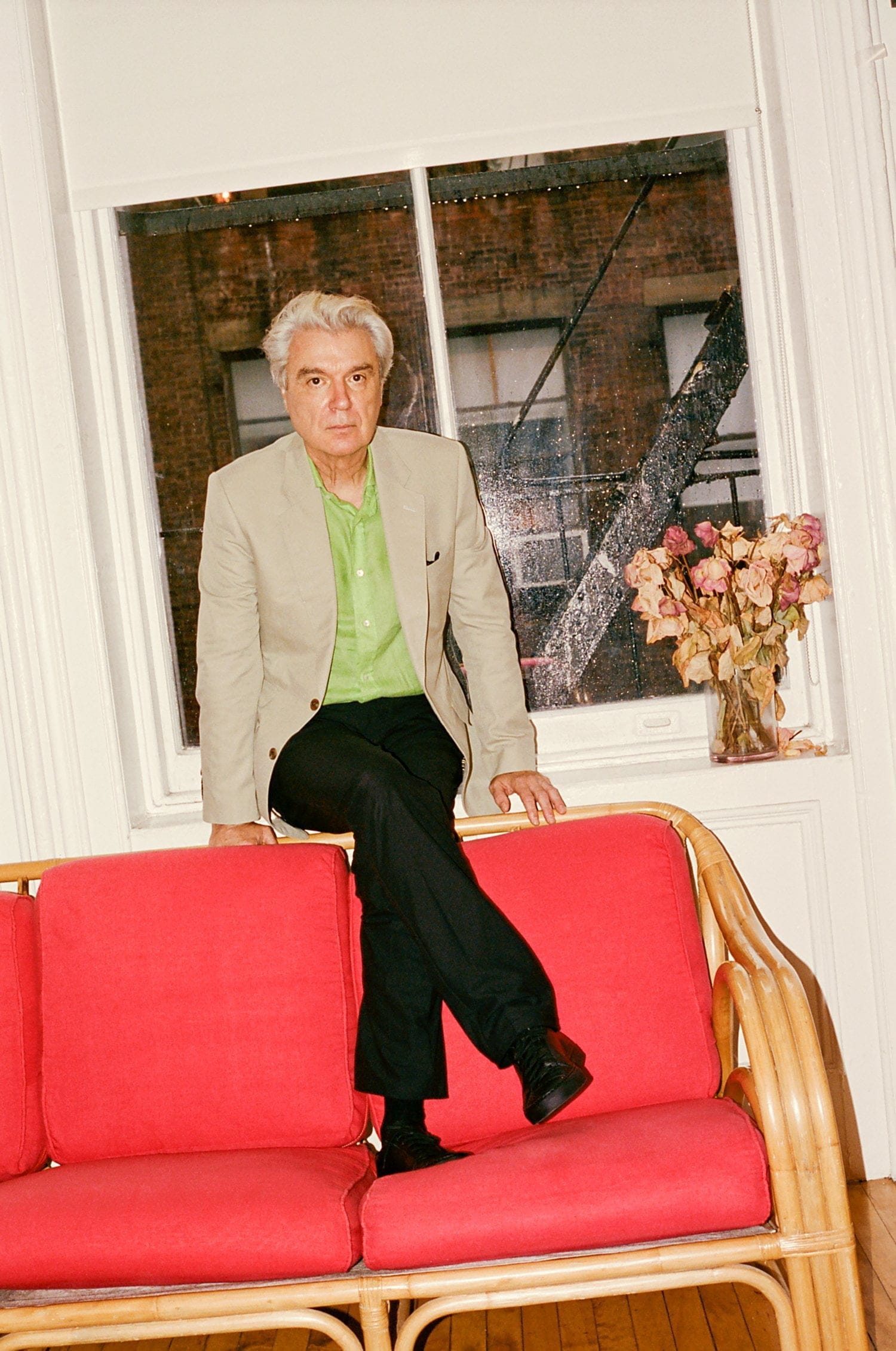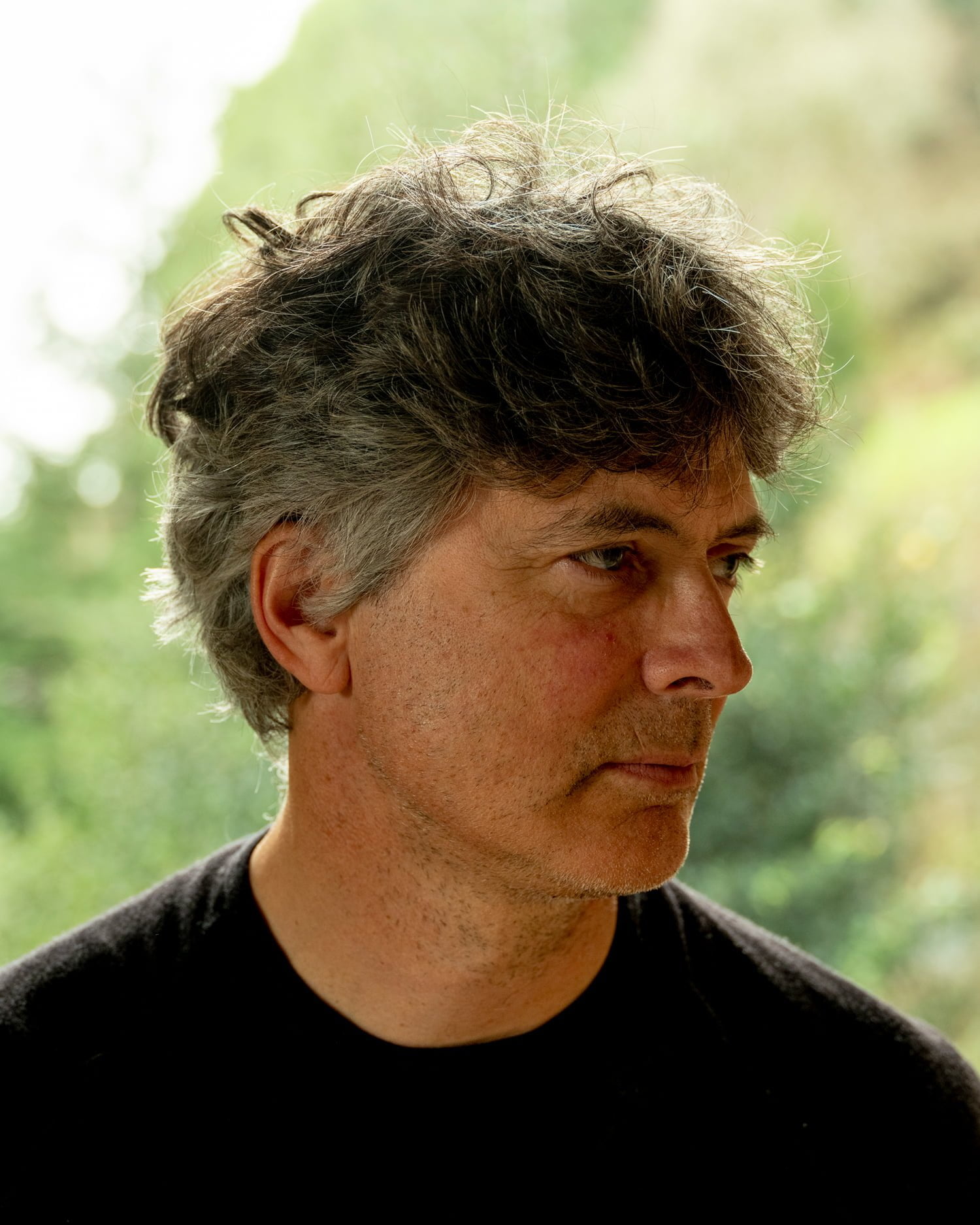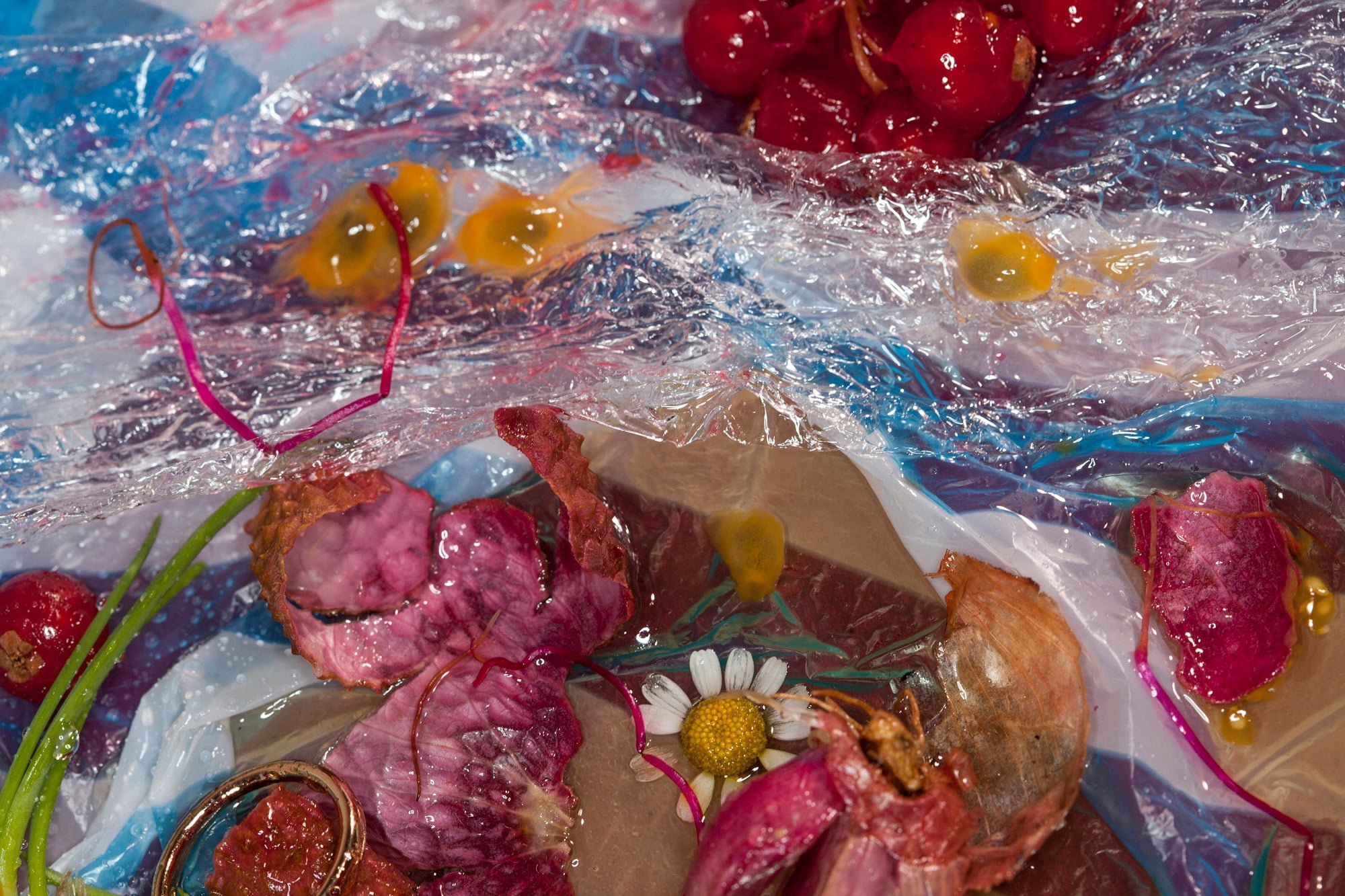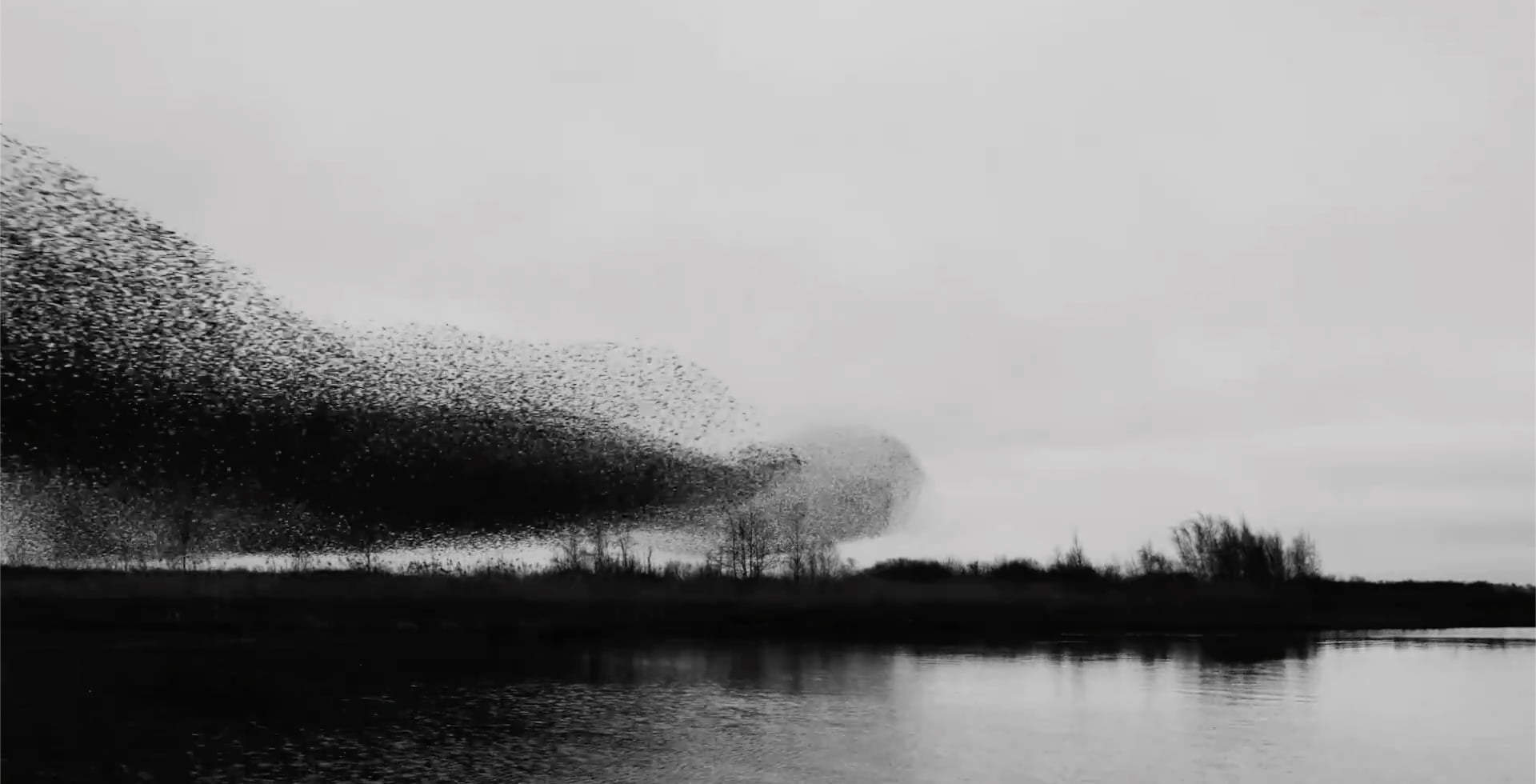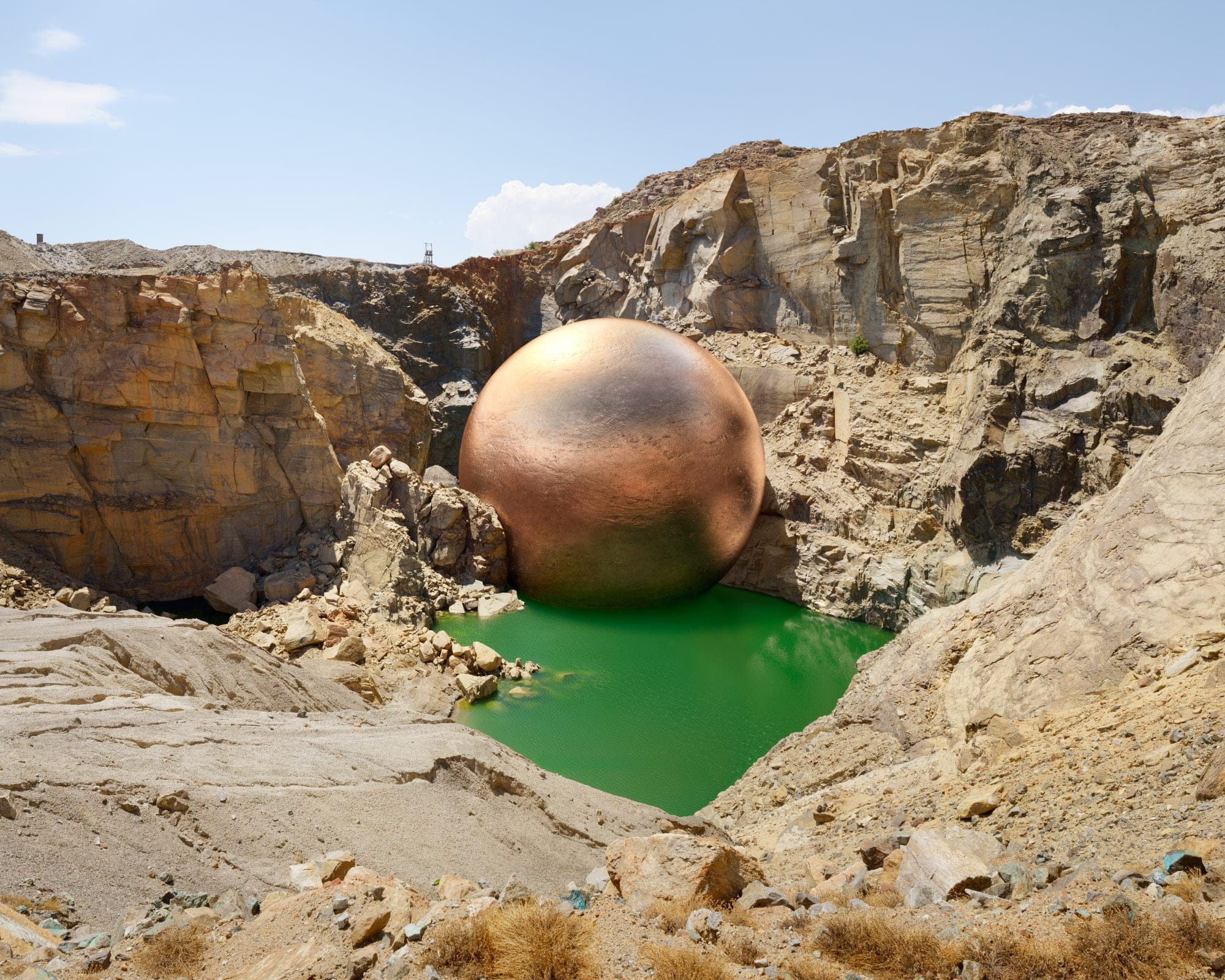In an age where we’re having to prove to robots we’re human, how do we maximise our human intelligence and harness the incredible mix of unprogrammable skills that make us unique to safeguard a more sustainable future for all who inhabit this planet?
What makes humans human? It’s a relevant question, especially with ChatGPT’s growing influence, one year after first launching. And it’s one that tech has its own answer to: the familiar (and distinctly unintelligent) ReCaptcha test, which has us identifying trucks and traffic lights.
These tests are not just a hassle, they’re an existential affront. Why am I – this living, breathing miracle of millions of years of planetary evolution – being forced by a robot to prove I’m not a robot by having to pick out the very fossil-fuel guzzling machines that are polluting our only home?
It never asks me to recognise a blue tit, water vole, cabbage white butterfly, or anything reflecting the vibrant ecosystems we rely on for continued life on this planet.
Probably because that’s a test it knows few humans would pass. These days many of us are hard-pressed to identify anything beyond a pigeon or squirrel – the least wild of wildlife. A 2017 survey of nature knowledge by RSPB Birdwatch found that of 2,000 adults, half couldn’t identify a house sparrow, a quarter didn’t know a blue tit or a starling, and a fifth thought a red kite wasn’t a bird. On top of that, Cambridge conservation researchers found that children aged eight and over were “substantially better” at identifying Pokémon creatures than oak trees and badgers.
I certainly struggle. The other day while cycling home a bug landed on my hand. Not just any old bug. This one was the most incredible green colour. Almost fluorescent. With insanely large feelers, bigger than its body. What was it? I should know this. My dad would. Point to any random flower, bug or bird in a field and my dad can name it. As can many of his generation.
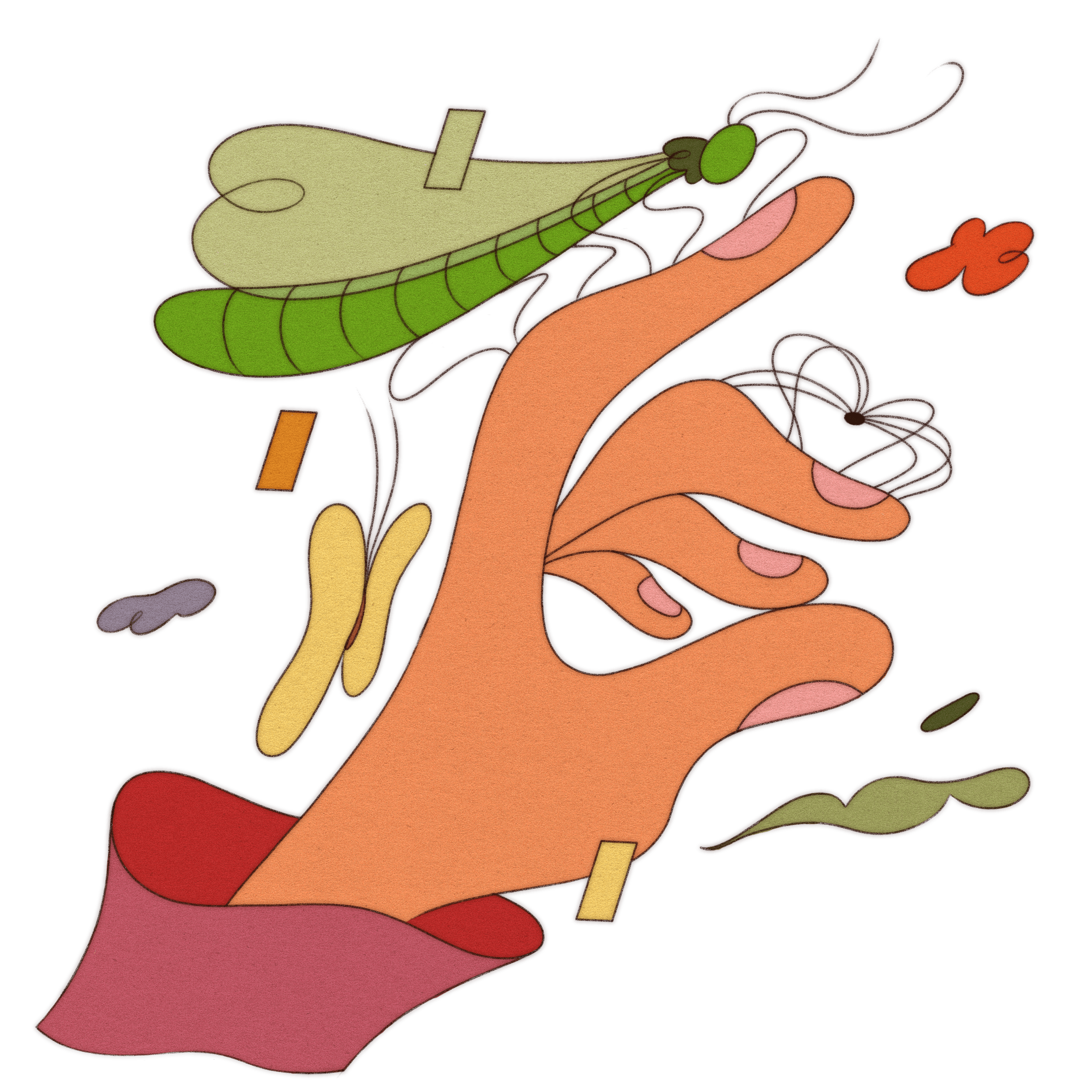
How have we drifted so quickly from this basic ecological literacy? And why am I so upset about this silly ReCaptcha exercise anyway?
It’s because, in a split second on a single screen, it brings home what I am already witnessing at large: how appreciation of all that makes us uniquely human seems to be slipping away as quickly as our ability or desire to connect with the natural world we are a part of.
Instead, we spend our days diving down digital rabbit holes, scrolling feeds powered by machines barraging us with things we think we need. It doesn’t matter what the product is – fast fashion or the latest shiny gadget. As individuals we are both prey – victims of algorithms designed to drive ever-greater consumption – and predator, hunting for the latest must-have. Our planet? That’s the collateral damage.
The good news is that this isn’t how it has to be. Not if we reclaim our humanity. (Even the godfathers of AI are waking up to this). As our rapidly warming planet brings record-breaking temperatures month after month, our species is facing its greatest challenge, and we’ve never needed our humanity more.
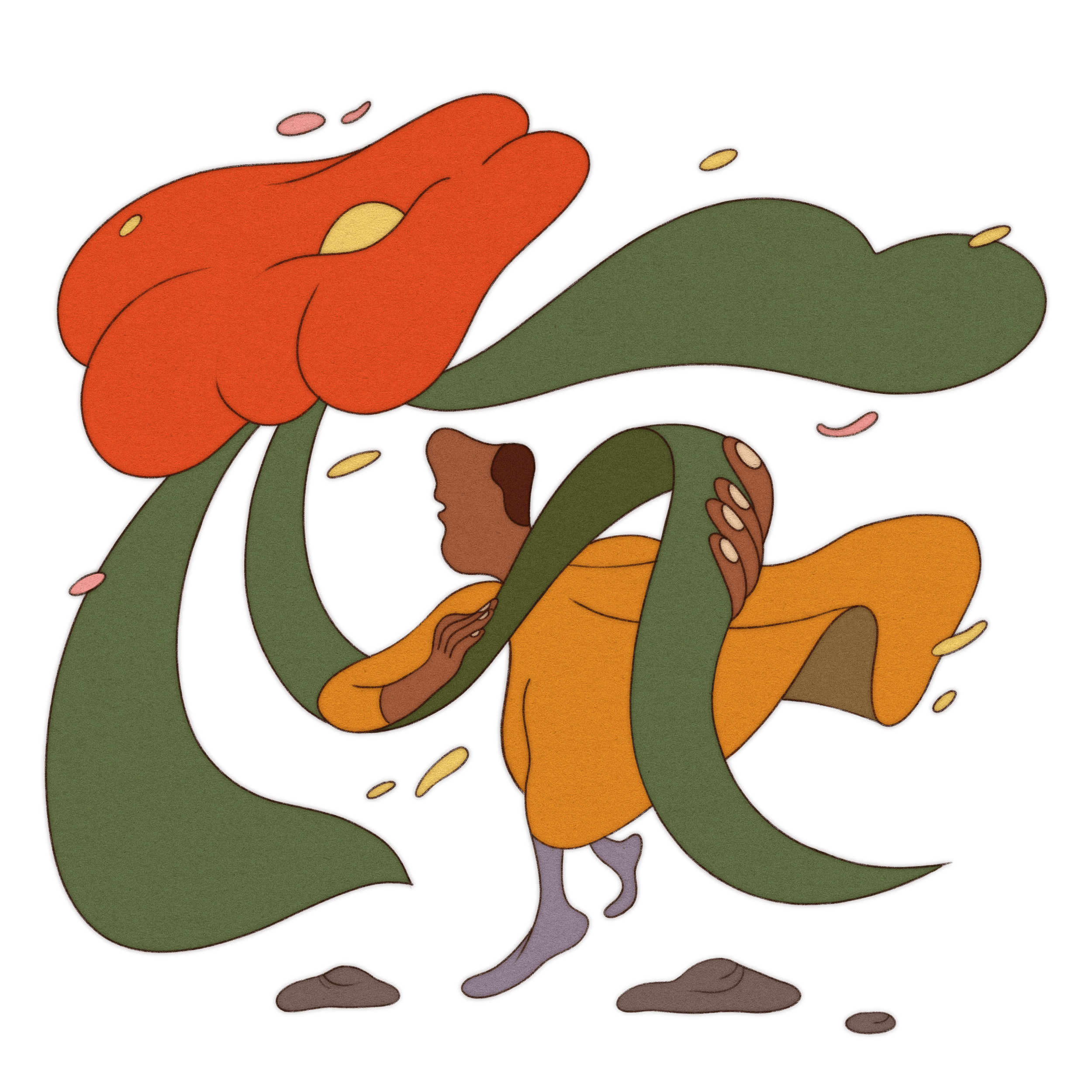
But before we can reclaim it, we have to define it. And here, I can’t resist seeking a robot’s take. So I ask ChatGPT. Its list, spat out in an instant, is a salve for my oh-so-human soul. Here, it tells me, are our top traits: consciousness, culture and social structures, artistic expression, morality and ethics, empathy and altruism, adaptability, philosophical and existential enquiry.
Thanks for the reminder, Botman. Not only does this impressive list confirm that we are a species with a unique and extraordinary potential, it also points to the way out of the climate crisis (and actually, not only the climate crisis). Just imagine if HI (human intelligence), evident in our consciousness, empathy or ethics, dominated our daily decisions. What if that was top of the global agenda?
And, with chatbots still-limited in finer nuances, I’ll take the liberty of adding another word that should have been on the list: reciprocity.
It’s a concept nature writer, scientist and member of the Potawatomi Nation Robin Wall Kimmerer explores in her book Braiding Sweetgrass, and is rooted in seeing (and treating) the living world as the gift that it is and “recognising that we humans have gifts that we can give in return for all that has been given to us”.
To sum it up bluntly for all the bots out there taking notes: it means you can’t screw the planet over if you are grateful for all that it offers and understand that to take you have to give back. It’s a powerful antidote to the extractive mindset that got us here.
Now that we’ve identified this lofty cocktail of human traits, the next question is, how do we put them to good use, practically speaking?
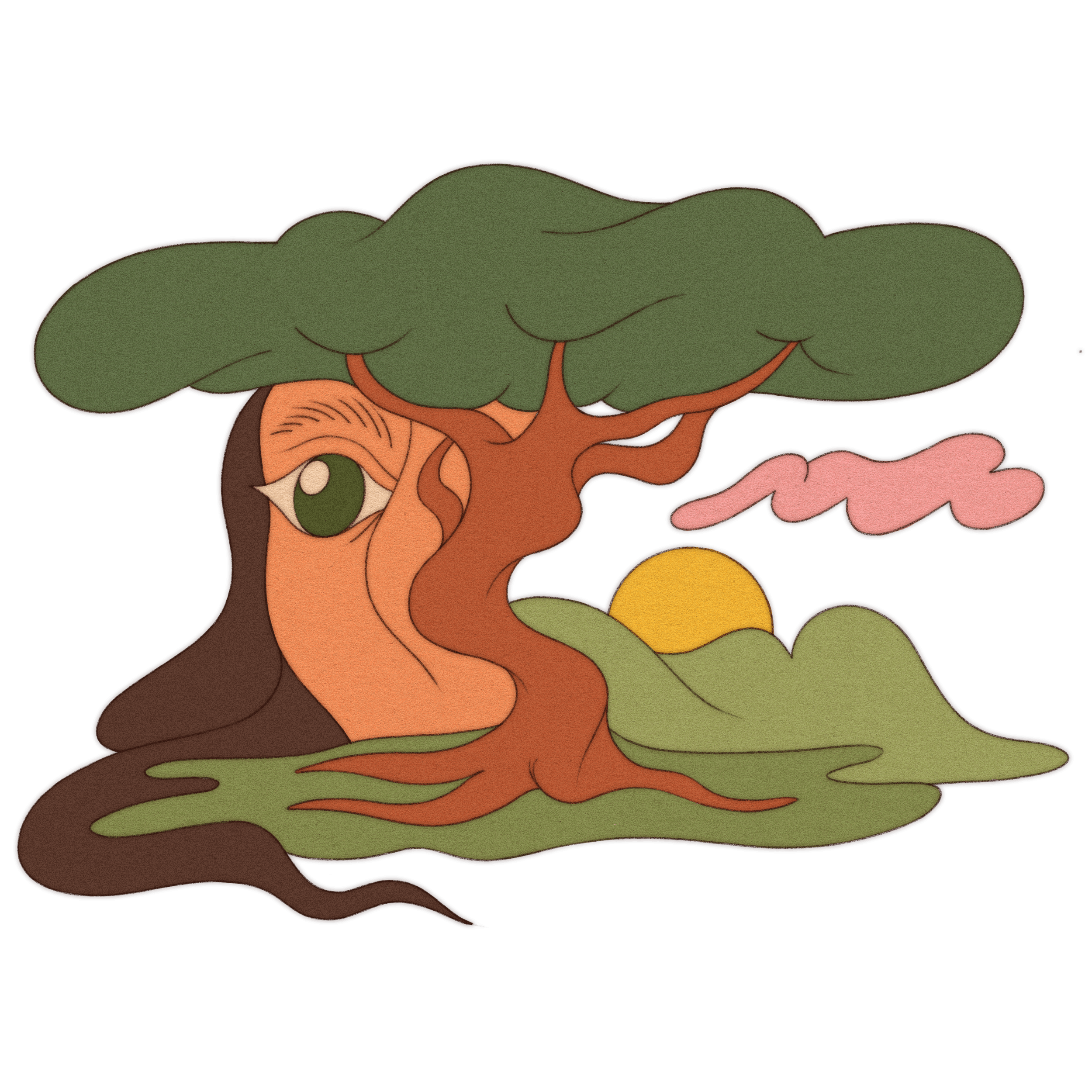
We could start by not allowing ourselves to be reduced to mere consumers. Surely we’re not on this Earth to be flogged fake nipple bras, haunted skull cakelet pans, or portable cereal cups (almost 24 million views on TikTok)? What if we were to step up and become citizens, finding ways to actively contribute to reshaping a world that’s more compatible with our finite resources and the needs of all the species we share them with?
We could re-engage with this living planet. Studies have shown that spending time in nature positively influences eco-friendly behaviour. We clearly can’t spend our days frolicking in forests – there are bills to be paid and lives to lead – but most of us can squeeze in the odd weekend nature walk, park visit or spot of guerrilla gardening. Or embrace your inner hippy and hug a tree (when no one’s looking).
And most importantly, we could, as the social beings we are, reconnect with each other (retail therapy with your besties doesn’t count), and our place in the world. This also means reconnecting to how things are produced, those producing them, and the impacts of our decisions on people, the planet and the living organisms we share it with.
We’re able to tell stories like this because of people like you. Join others from around the world in supporting Imagine5’s mission towards a sustainable future. Become a member, or donate what you can. Join today and receive our latest magazine for free.
And here we can actually draw inspiration from AI, which builds its intelligence from the strength of its networks, vast interlinked systems collaborating and sharing information to power the best possible outcome. We too would do well to invest in our human networks, multiplying our best human traits by many, building momentum, engaging and energising each other to form a critical mass.
For it is through bonding and kinship that we can bridge the gap between individual action and community action, driving the change we need now through a shared urgency. We’ve seen the impact of such collaborative human networks before. In abolishing slavery, obtaining the vote for women and the civil rights movement in the 1960s.
We can do it again. And it doesn’t have to be in spite of tech. Tech can be our ally, making it easier to connect with others, and amplify voices that would otherwise go unheard. Whether it’s a global movement like 350.org, or a super-local group in your own neighbourhood, people are doing what humans do, and working together.
There are also online networks like Restor, connecting people and projects to data and funding to accelerate nature restoration. And a raft of smart apps connecting people to resources, like anti-food-waste app Too Good to Go, carpooling marketplace BlaBlaCar, or Olio, giving unwanted items a second life in the local community. On a larger level, AI is already helping to mitigate climate challenges through everything from precision agriculture to early-warning systems for natural disasters, but the will to drive change must come from people.
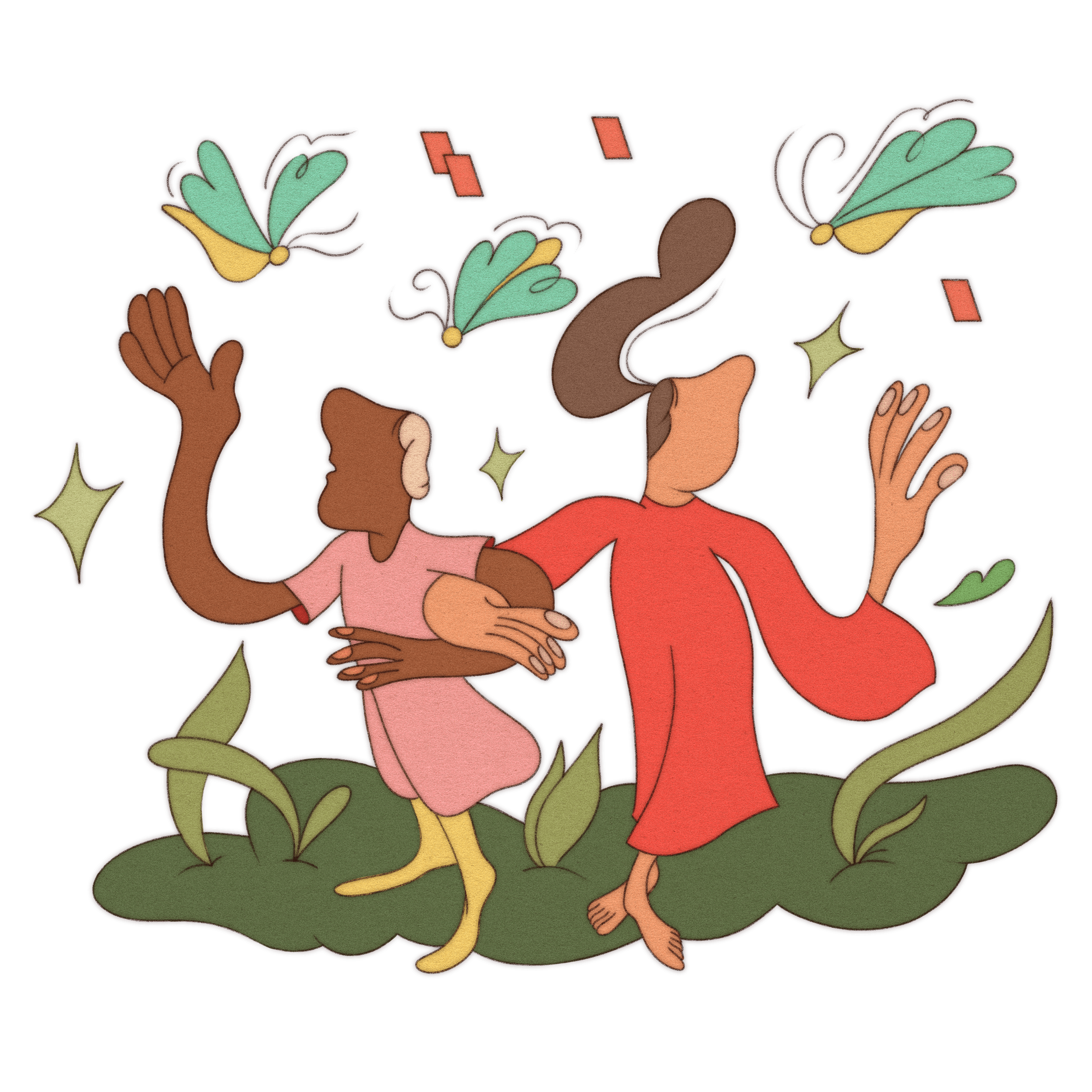
We live in scary times. And a very human response to fear is to disengage, something that psychologist, economist and climate communicator Per Espen Stoknes identifies as among the biggest psychological barriers to climate action. Instead, like the (still nameless) bug that landed on my hand – we need to keep our feelers out, ready to engage with the world. As Stoknes explains, difficult feelings about the climate are only normal and human, but “are a core part of the work we have to do”, adding that they can even be a path to renewed action.
It’s up to us to fix this. And, while calculating carbon dioxide emissions is vital, as are computer models of shrinking ice caps and rising oceans, to address the climate crisis in a meaningful way we also have to go beyond the data and grasp this once-in-a-species opportunity to rethink what being human means on this planet.
So maybe I can’t name every bug or bird, but what can I say? I’m only proudly human. And I look forward to proving it every day.
What about you?
We’re able to tell stories like this because of people like you. Join others from around the world in supporting Imagine5’s mission towards a sustainable future. Become a member, or donate what you can. Find out more here
People power
